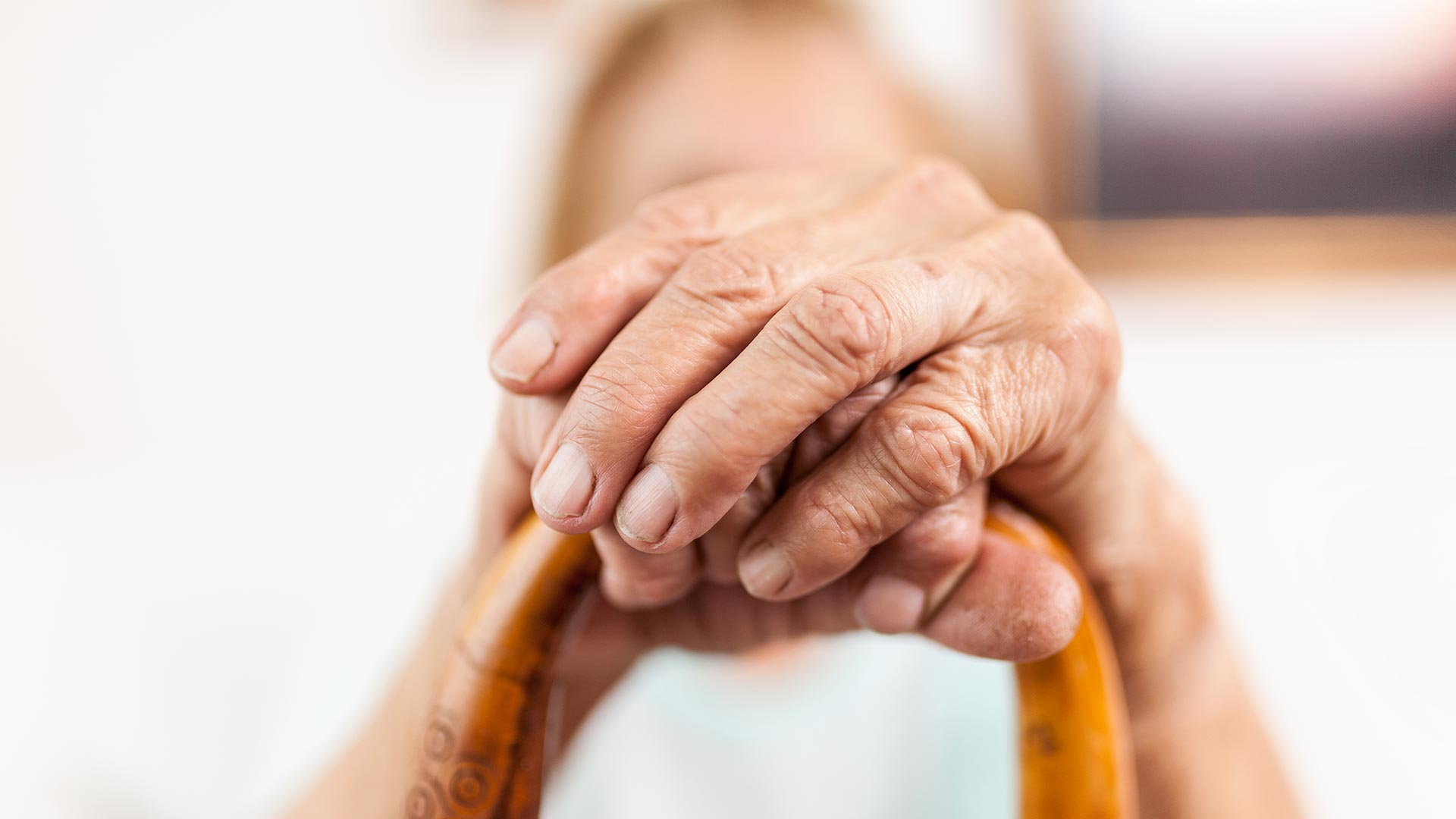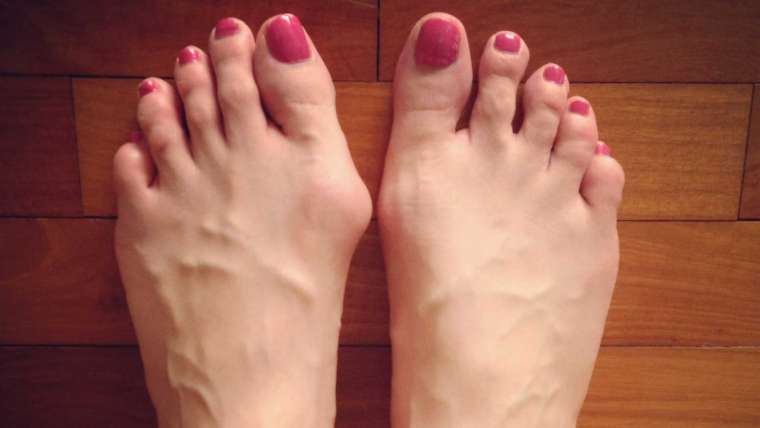What is Rheumatoid Arthritis (RA)?
Rheumatoid arthritis is a chronic disease which is characterized by inflammation of the joints, in which the individual’s immune system attacks the cells of its own body (autoimmune disease). RA is the most common form of inflammatory arthritis.

What are the symptoms of rheumatoid arthritis?
Symptoms of RA can vary from person to person and can change from day to day. Symptoms of rheumatoid arthritis include, among others:
- Joint pain
- General fatigue
- Swelling, redness and warmth of the joints
- Reduced range of motion of the joints
- Morning stiffness and general joint stiffness
Early rheumatoid arthritis usually affects the small joints first – especially the joints of the fingers and the toes. As the disease progresses, joint symptoms often spread to the wrists, knees, ankles, elbows, hips and shoulders. In most cases, symptoms occur in the same joint on both sides of the body, making the PA symmetrical and distinguishing it from osteoarthritis.
This disease is two to three times more common in women than in men, but men tend to have more severe symptoms. It usually occurs in middle age, but young children and the elderly can also develop rheumatoid arthritis.
Experts point out that sometimes the symptoms of the disease are not so clear and some time is needed to pass in order to diagnose the disease with certainty.
What causes RA?
Although the exact incidence of RA causes is not known, recent research shows that the development of RA could be due to the interaction of several factors: genetic, environmental and hormonal factors.
Some theories suggest that a virus or bacteria can modify the immune system, provoking it to attack the joints. Other theories suggest that smoking could lead to rheumatoid arthritis.
The role of genetics in rheumatoid arthritis is not exactly known. Some people seem to have a genetic or hereditary factor which increases their chance of developing rheumatoid arthritis.
How is rheumatoid arthritis diagnosed?
The diagnosis of rheumatoid arthritis is based on a combination of symptoms, and exam results, such as:
- Location and symmetry of painful joints, especially of the hands
- Morning stiffness
- Bumps and lumps under the skin (rheumatoid nodules)
- Blood tests.
Most – although not all – people with rheumatoid arthritis have the rheumatoid factor (RF) antibody in their the blood.
How is RA treated?
The type of treatment will depend on many factors. Treatment of rheumatoid arthritis includes medication, rest and exercise, and surgery to correct any damage to the joints.
Although there is no cure for RA, with the correct medication and with frequent exercise inflammation in your joints could be reduced, bringing pain relief and preventing or slowing down joint damage.
When do people with RA need to see a podiatrist?
A podiatrist can help you with several problems, such as:
- Routine foot care: nail problems, corns and calluses and providing general information regarding foot health maintenance.
- Functional evaluation of the lower limb (gait and joints) and provision of orthotic insoles. These devices provide cushioning / protection of sensitive areas of the feet in order to facilitate improvement of the function and mobility of the feet.
- Footwear assessment. Podiatrists can advise on appropriate footwear should the deformity of your foot requires special adaptations.
- Examination of the skin to determine any damage to soft tissue due to the high pressure / deformity / low tissue viability and management of wounds (e.g. ulcers) that can occur.
- Vascular evaluation (blood circulation)
- Neurological assessment




